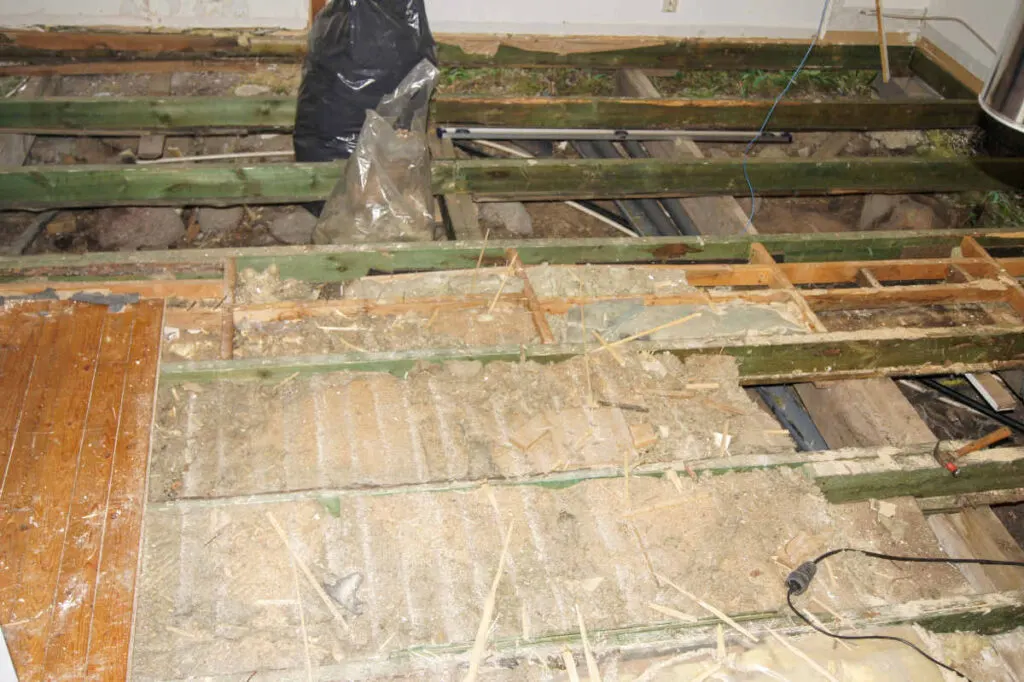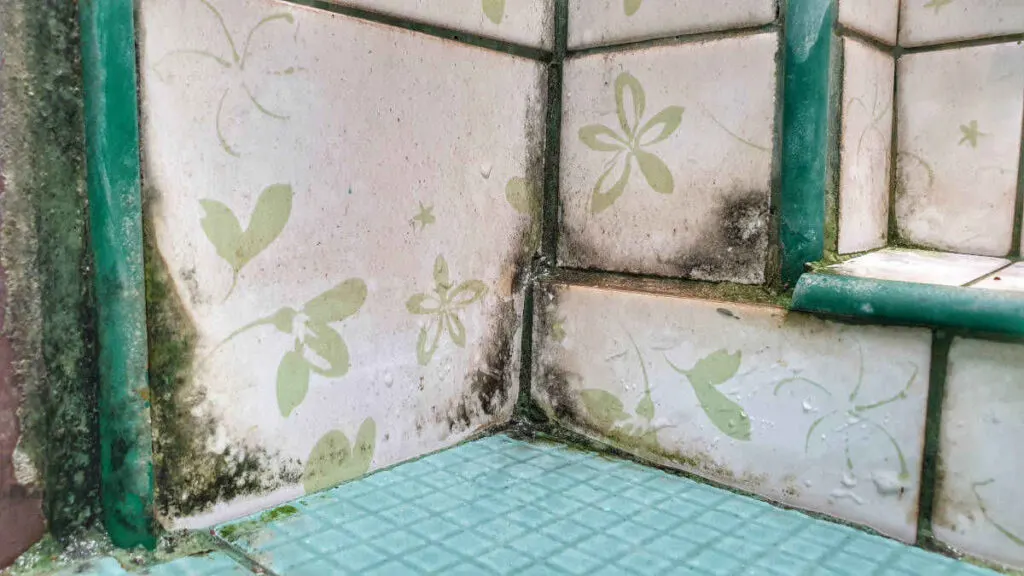If your bathroom fan vents into the attic, then you either have a really old home or a really bad contractor! If you are looking to install a new bathroom exhaust fan, then you need to make sure that it exhausts outside of the residence as there are several legitimate and serious reasons why venting into the attic is a bad idea, including the 10 we list here.
Venting Into the Attic Goes Against the Building Code
The 2003 version of the International Residential Code (IRC) first mentions that bathroom and toilet exhaust air cannot be circulated in any space of the house. This regulation is still upheld in Section M1505 of the 2021 IRC, which states that any exhaust system must terminate outside of the house.
It specifically talks about not venting into an attic.
Violating the IRC Compromises Insurance and House Saleability
Insurance companies are sticklers for rules. They insist that any deviation from the IRC and local codes will nullify their responsibilities should an accident occur.
In other words, if your residence violates building codes, they will not pay out on any claim if there is damage to your house. As violating the codes very often causes damage to your house, this stipulation is understandable.
Potential buyers will have the house inspected should you decide to sell your home. If the bathroom or toilet room fan is vented into the attic or any other interior space, then your house will fail the inspection.
In such a situation, the buyer may decline to purchase the house or insist that the venting is corrected at your cost before they put in an offer.
Moisture in the Exhaust Air Can Cause Structural Damage

Bathroom extraction fans remove moist air from the bathroom. When the moisture in this exhausted air is emptied into the attic, it condenses on the structures of the roof, the ceiling boards, and tiles or other roof cladding.
Wood is hygroscopic, which means that it readily absorbs water. Wood that contains more than thirty percent water becomes structurally compromised as the strength of the fibers is weakened. Bathroom air vented into the attic will therefore weaken any wooden roof structures, which is, as you can imagine, extremely dangerous!
Moisture that condenses on metal in the roof structure oxidizes the metal. Oxidation, also known as rust, corrodes the metal, causing it to weaken. Any nails or metal joiners in the roof will become compromised and prone to breakage if the exhaust air is vented into the attic.
If there is an extended period of time during which you are not using the bathroom, then the attic space and roof rafters can dry out. For example, if you are vacationing.
While this sounds like a good thing, you have to remember that when the wood is wet, it expands, and then, as it dries out again, it contracts. Thus, the resulting contraction can cause cracks in the roof timbers, severely compromising the roof’s integrity.
Water in the Removed Bathroom Air Can Cause Electrical Damage
Most people are aware that mixing electricity and water is not a good idea! The problem arises because water is a good conductor of electricity.
When the bathroom duct vents water-containing air into the attic, the water will condense. The water may then run onto electrical wires, subpanels, or even condense directly onto the cables.
The result is that you could have an electrical short circuit in the attic, which can cause a fire. The compromised circuit can also cause a situation where anyone using the power in the home may receive a nasty or life-threatening electrical shock!
Warm and Moist Environments Breed Mold and Bacteria

Mold spores float around our homes all the time, but they need moisture, warmth, and darkness to grow.
If you have ever ventured into your roof, you will know that your attic is much hotter than the other spaces of your home. Add the natural darkness of an attic and moisture from a bathroom fan vent, and you have ideal conditions for mold to grow.
Mold grows on wood, cement, brick, and ceiling boards, using these surfaces for food, and therefore they become structurally compromised.
One of the most concerning aspects of mold growth is that it gives rise to more mold spores that spread throughout the environment in the house. Mold spores can cause deadly respiratory infections, rashes, skin irritation, and eye discharge.
Just as mold thrives in damp environments, so too do many strains of bacteria, which can spread throughout your home and cause you, your loved ones, and even your pets to become ill.
If you and your family always seem to be suffering from allergy-like symptoms at home, but these go away when you go on vacation, then it might be worth having your HVAC system and attic checked out.
Creatures and Critters are Attracted to Warmth and Moisture

Insects and rodents, like all living creatures, need moisture and shelter for survival. A humid, warm attic provides both of these, thus, there will be a greater likelihood of pest infestations if your bathroom vent empties into the attic.
Rodents and insects cause damage and also introduce bacteria into the attic. As mentioned previously, bacteria grow in the warmth and moisture in an attic, and these bacteria can pose many health threats to the home’s residents.
Now, venting through your attic creates an opening through which insects can enter your home, however, they are not as likely to be drawn to a dry environment. Furthermore, you can solve this problem easily by installing a damper.
Venting Into the Attic Creates Odor Problems
Any odors in your attic can be reabsorbed into the house and permeate the home environment. Venting your bathroom into the attic introduces foul odors into the attic in three different ways:
- Exhausted bathroom air carries all manner of bathroom odors with it.
- The damp environment attracts pests that defecate and urinate, adding to the odors circulating in the attic.
- Damp and rotting materials produce a musty smell.
Trapped Warm Air Affects the Temperature Of the Whole House
The bathroom vent channels warm air into the attic, and this air is further heated to very high levels by the sun. As the attic does not usually have subdivisions, it will heat the entire house. The increased temperature can add to the expense of regulating the house’s temperature—especially in summer.
Damp Insulation Is Not as Effective
Any insulation that you install in your attic will be compromised by the moist air that the bathroom vent pushes into the attic. It will become saturated and unable to function efficiently, defeating the purpose of installing it and increasing the cost of maintenance.
Venting Into the Attic Makes It an Unusable Space
Space is a premium in many homes. If your attic is hot, damp, moldy, and smelly, you will be unable to use the attic for storage, let alone any living purposes. Therefore, venting into the attic will effectively reduce the usable space of your home.
Now that you know you can’t vent your bathroom fan into your attic, find out where bathroom fans can vent to.
Sources
https://codes.iccsafe.org/content/IRC2021P1/chapter-15-exhaust-systems
https://www.woodproducts.fi/content/moisture-properties-wood
